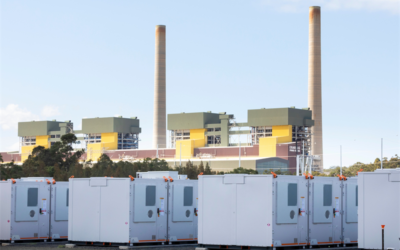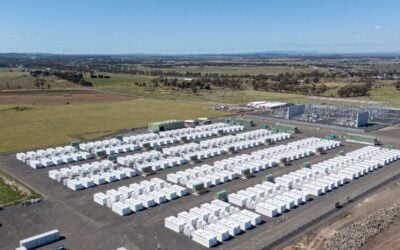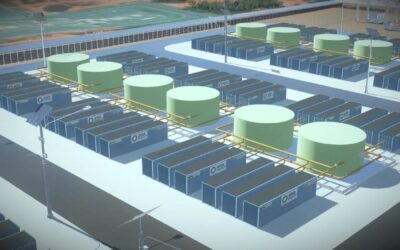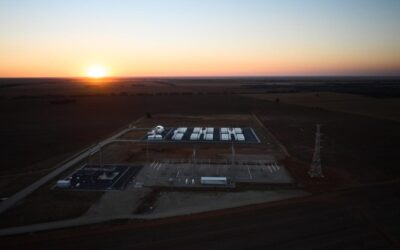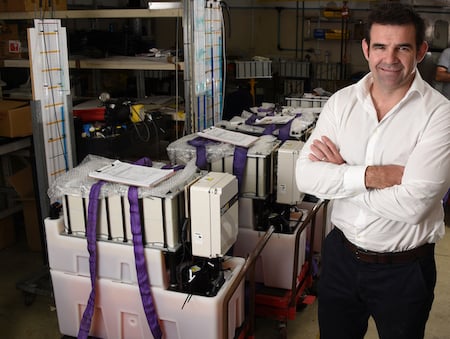
Australia-based zinc-bromine flow battery company Redflow, which has a market cap of nearly US$60 million, has halted stock market trading as it prepares a capital raise.
The ASX-listed company announced the halt today (11 August) which will continue until Monday 15 August or when it announces the capital raise, whichever is sooner. It said the stop in trading was necessary to make the announcement.
It has not yet revealed how much it is planning to raise but past moves, its current size and recent statements may give a rough idea.
The company has a market capitalisation of UA$81 million (US$57 million) at the time of writing, and in July 2021 it raised AU$5 million from corporate finance firm New Technology Capital Group.
Try Premium for just $1
- Full premium access for the first month at only $1
- Converts to an annual rate after 30 days unless cancelled
- Cancel anytime during the trial period
Premium Benefits
- Expert industry analysis and interviews
- Digital access to PV Tech Power journal
- Exclusive event discounts
Or get the full Premium subscription right away
Or continue reading this article for free
And in an investor presentation released concurrently with the trading halt announcement, it said it requires AU$6 million in additional capex to ramp up its Thailand production facility from 30MWh (end 2022) to 80MWh by the end of 2023.
The presentation outlined the value proposition for non-lithium batteries for long duration energy storage (LDES) and, more specifically, its own zinc bromine technology.
The company claimed to be a leader in medium duration energy storage with 250-plus active deployments with experience in ‘multi-MWh’ scale, although its largest ever deployment is 2MWh, ordered in March last year by a waste-to-energy facility in California.
It cited trade group LDES Council’s figures that say global cumulative LDES (defined as eight hours-plus duration) deployments could reach 85-140TWh by 2040, and said the market is increasingly looking beyond lithium-ion to do this. It cited 1,124% and 106% increases in lithium and cobalt prices respectively over the last year and a half, versus just 48% and 29% respective rises for zinc and bromine.
And within the flow battery space, Reflow claims its technology has an energy and power density up to three times higher than iron flow, vanadium and other zinc-based batteries.
Its main markets to-date have been Australia and the US and it serves these from a manufacturing facility in Thailand which is set to end 2022 with a 30MWh annual production capacity. It expects this to increase to 80MWh by end-2023, for which the AU$6 million will be required.
Last week, the company announced that it had won a tender to provide 180kWh of battery storage as main supplier to the Australian government’s Bureau of Meteorology emissions reduction and reliability project. Redflow will supply 18 of its 10kWh ZBM batteries to supply power for critical infrastructure.
Redflow saw revenue of AU$1,174,242 (US$833,000) in the second half of 2021, a 172% increase, as covered by Energy-Storage.news.


